Livestock
All Livestock Content

Cull Cow Management and Marketing Opportunities
No matter the reason for culling, it is important to evaluate the opportunity to add value to cull cows at marketing, as they make up a significant portion of annual ranch income.
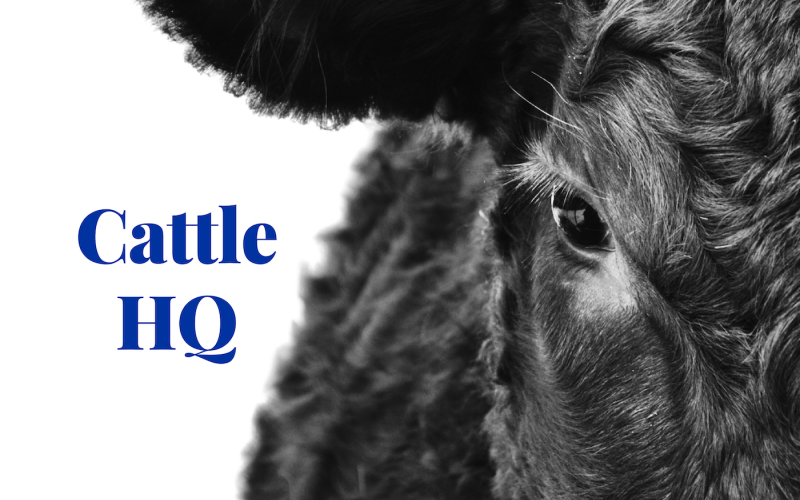
Net Wrap
In this episode of Cattle HQ, Adele Harty, Cow/Calf Field Specialist, discusses the applications of net wrap alongside Scott Hamilton from Hamilton Farms in Hitchcock, South Dakota and Dr. Jim Stangle from Golden Veterinary Services in Milesville, South Dakota.
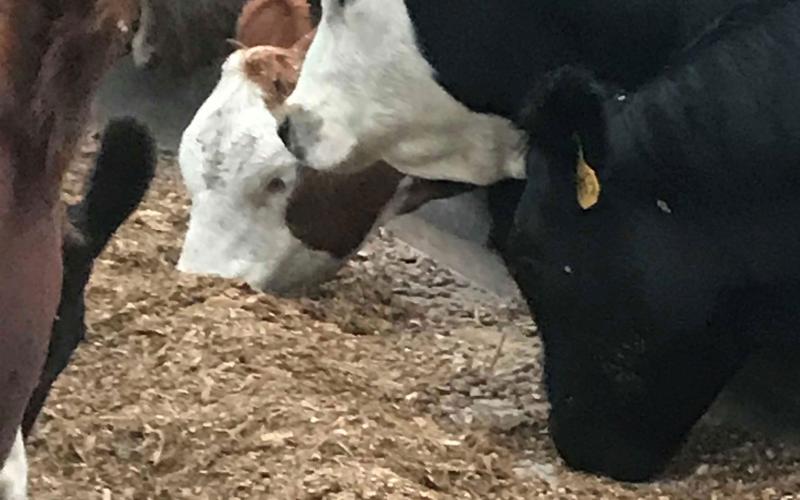
Frequently Asked Questions - Forage Nitrate Toxicity in Ruminant Livestock
A fact sheet to address frequently asked questions about forage nitrate toxicity in ruminant livestock.

Planning Forage Needs
Inventorying and planning for hay and other forage feed needs is essential every year, especially when production is uncertain due to drought or excess moisture.
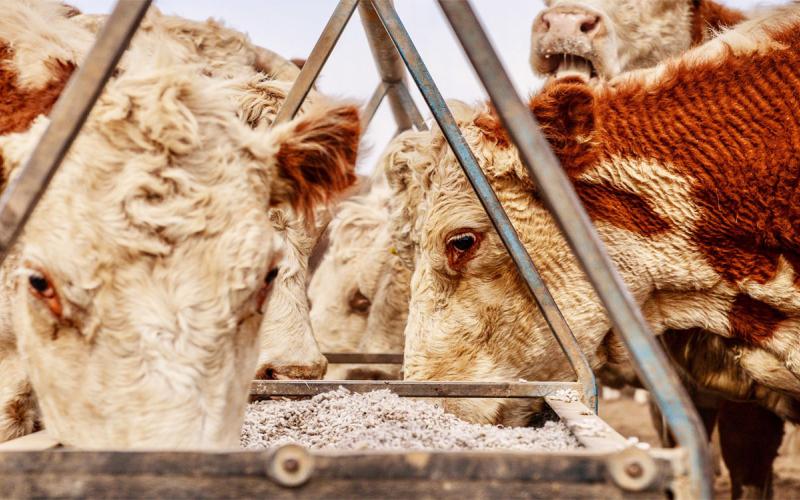
Livestock Tools for Managing Through Drought
As drought conditions continue, ranchers are faced with making some difficult decisions. South Dakota State University Extension offers multiple tools and resources that can be used to help make the best management decisions for your operation.
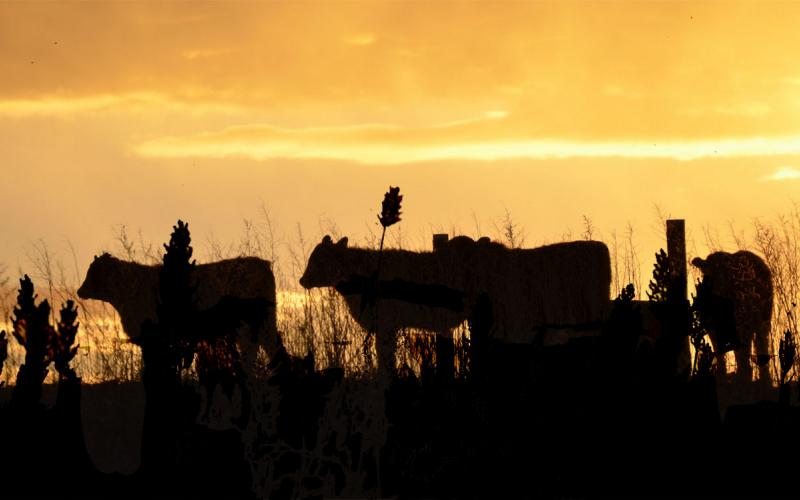
Prussic Acid Precautions
During periods of drought, it is important to aware of the factors that can be a concern during these conditions, specifically nitrates and prussic acid. It is important to take precautions when using feeds that could contain one or both compounds.

Fly Control Considerations for Cattle on Pasture
Along with being irritants to livestock, horn flies, face flies and stable flies are economically important to producers due to their negative impacts on milk production and calf weaning weights.

Raising Freezer Beef: When Is the Animal Finished?
Many producers have had their own beef processed for years, and some may have been selling animals to their neighbors on occasion. It's another matter entirely when the objective is satisfying customer expectations, especially if finishing cattle hasn't been a normal part of your operation.
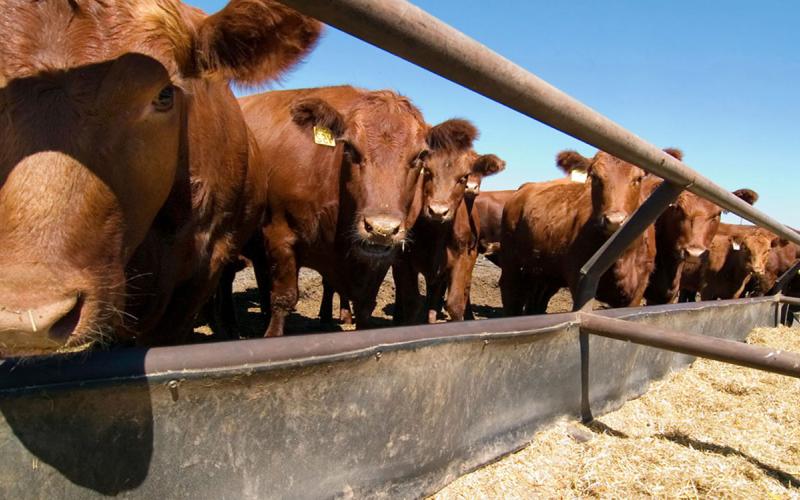
Raising Freezer Beef: Management Considerations
A trend that has become more prominent in recent years is for ranchers to finish a few animals and sell beef direct to the consumer. Proper feeding and management is key to capturing extra value and in meeting customer expectations.
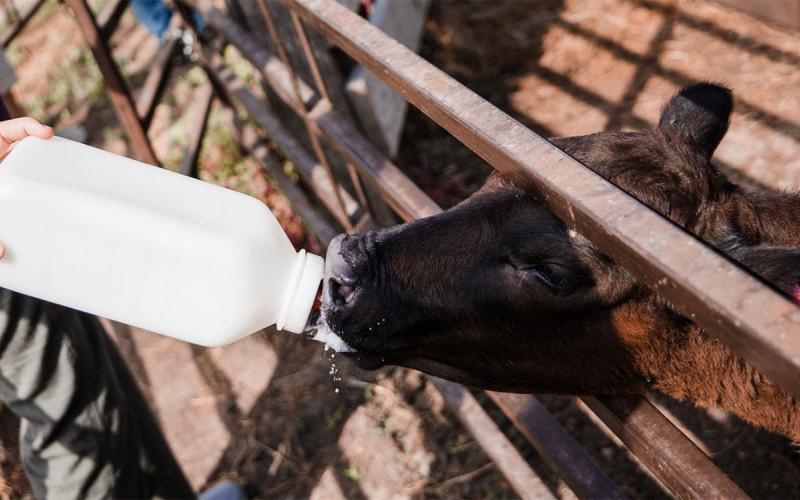
Managing Orphaned Calves
With careful management and proper nutrition, calves orphaned by challenging winter weather can perform similar to calves still on the cow.